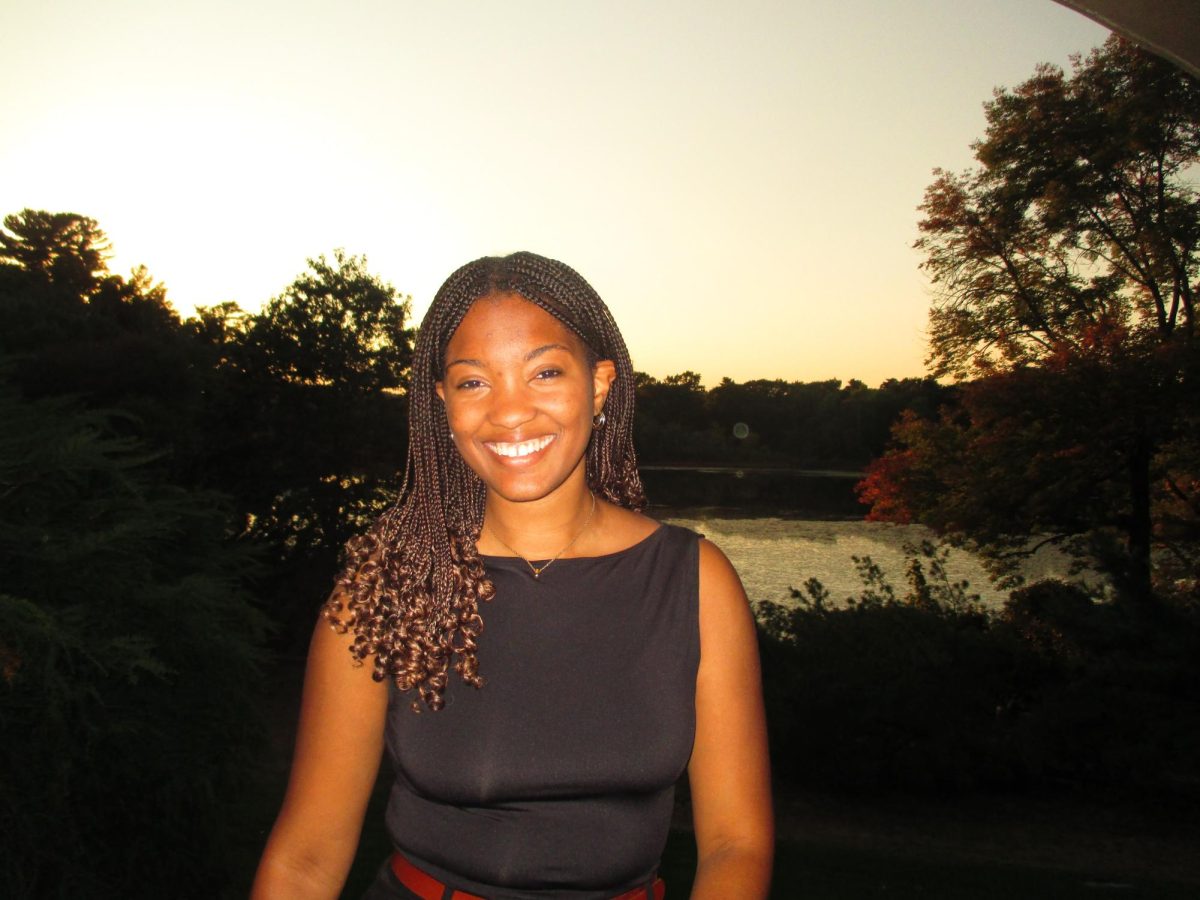In its annually published ranking of national liberal arts colleges, U.S. News and World Report awarded Wellesley an unprecedented third place. The institution scored 94 out of a possible 100 points for its “undergraduate reputation, faculty resources, student selectivity” and more.
While this list may be a source of great pride for us, it signifies the dismal truth about the treatment of women’s colleges in America. The system used by USNWR to quantify universities is inherently biased towards co-educational institutions. In fact, Wellesley was the only single-gender institution within in the top ten, the next highest being Smith College in twelfth place.
This has been the case for many years now as women’s colleges have struggled to place within the top five. In 2010, Wellesley managed to achieve fourth place, which, at the time, was the highest position achieved by any women’s college. Aggregated data from Washington Post shows that Wellesley is an anomaly compared to other single-sex institutions. In fact, Smith, Scripps and Bryn Mawr have hovered around the low to mid twenties, while Barnard and Mt. Holyoke have ranked around thirtieth and fortieth.
In reality, the criteria used to determine such rankings are biased against women’s colleges due to factors such as the wage gap, workplace discrimination and acceptance rates.
Because Wellesley only accepts students who actively identify as women, our applicant pool is severely limited compared to those of otherwise similar institutions. For instance, according to its student newspaper, Amherst received 8,397 applications, while Wellesley obtained roughly half of that number: 4,888. However, both offered about 1,200 candidates admission to the class of 2020, making the former’s acceptance rate much lower. When factored into USNWR’s ranking system, Amherst appears to be twice as selective as Wellesley, when, in reality, it had the benefit of a larger applicant pool.
Furthermore, colleges are ranked based on their undergraduate academic reputation, which is judged by leading academics and public high school counselors. Therefore, this arbitrary assessment may not be an accurate reflection of “academic excellence”.
Finally, women’s colleges, though known for powerful alumnae connections, often rank lower than co-educational institutions in alumnae giving rates, according to statistics from The Wall Street Journal’s article, “A Bigger Piece of the Alumni Pie.” This trend is, in large part, due to the wage gap. As The New York Times noted in 2015, colleges “are good at tracking down rich alumni to hit up for donations, but people who make little or no money are harder and less lucrative to find.” Most women earn roughly 77 cents to the male dollar, and for single-sex colleges, entire generations of graduates are being shortchanged with regards to their earnings. In combination with student debt, how can we expect alumnae to donate to their alma maters? Although Wellesley is a significant exception to this feature, it is no surprise that most women’s colleges suffer from a lack of donations.
Regardless, the value of an education from Wellesley lies not in its high rank, but rather in its single-sex student body. As U.S. News and World reported in a 2013 article, “classrooms of only (or mainly) women students result in those students participating more actively in the classroom, and reporting higher levels of active learning, higher order thinking and more academic challenge throughout their four years than women in coed settings report.” The intangible qualities of a Wellesley degree are its distinguishing characteristics. The empowerment and confidence we gain simply from being in this unique setting cannot be quantified by the rankings produced by USNWR, nor can our experience be captured by a number. Rather, the environment provides us with leadership qualities that take us far in both our personal and professional careers.
A number does not represent the experiences that we share here, nor the wisdom that is imparted to us by our faculty and staff. It is not a measure of the diverse values we bring, nor the opinions we develop during our time on this campus. Wellesley is a conglomeration of diverse thoughts and backgrounds; the moments we share and discussions we partake in are the features that define this institution for us.
Certainly, it is these intangible values of growth and community that identify Wellesley’s importance. Though we view rankings as a form of validation, we must consider them secondary to our adventures and academic pursuits. Our time here is for personal discovery, to follow our passions and forge new ones.
Measures of an excellent school are often arbitrary and hardly capture the full experience. Colleges should not cater to rankings. When applying, high school students should depend on comprehensive profiles instead that are more investigative of the college experience, from classroom to personality.







